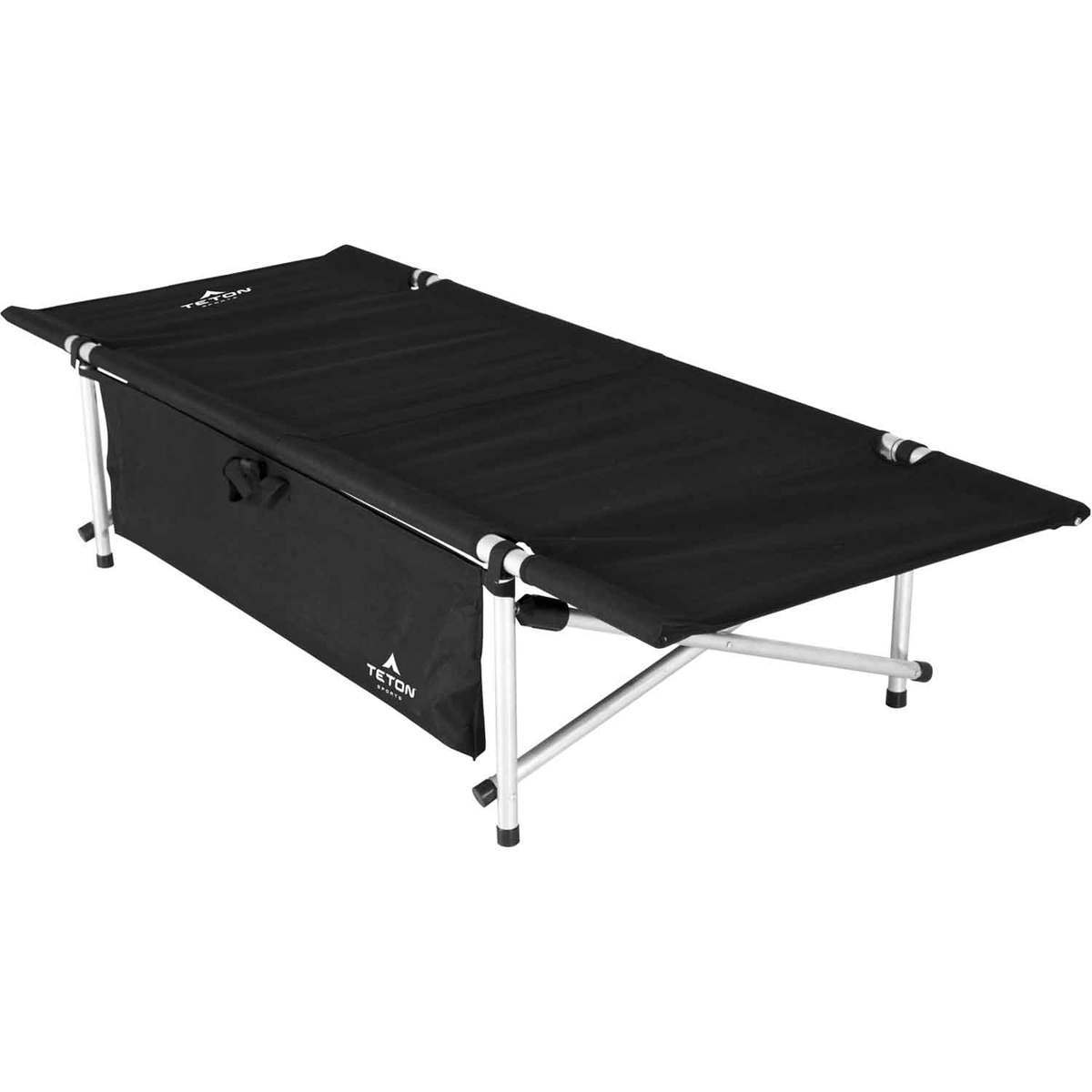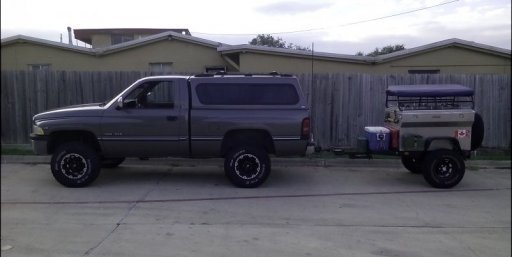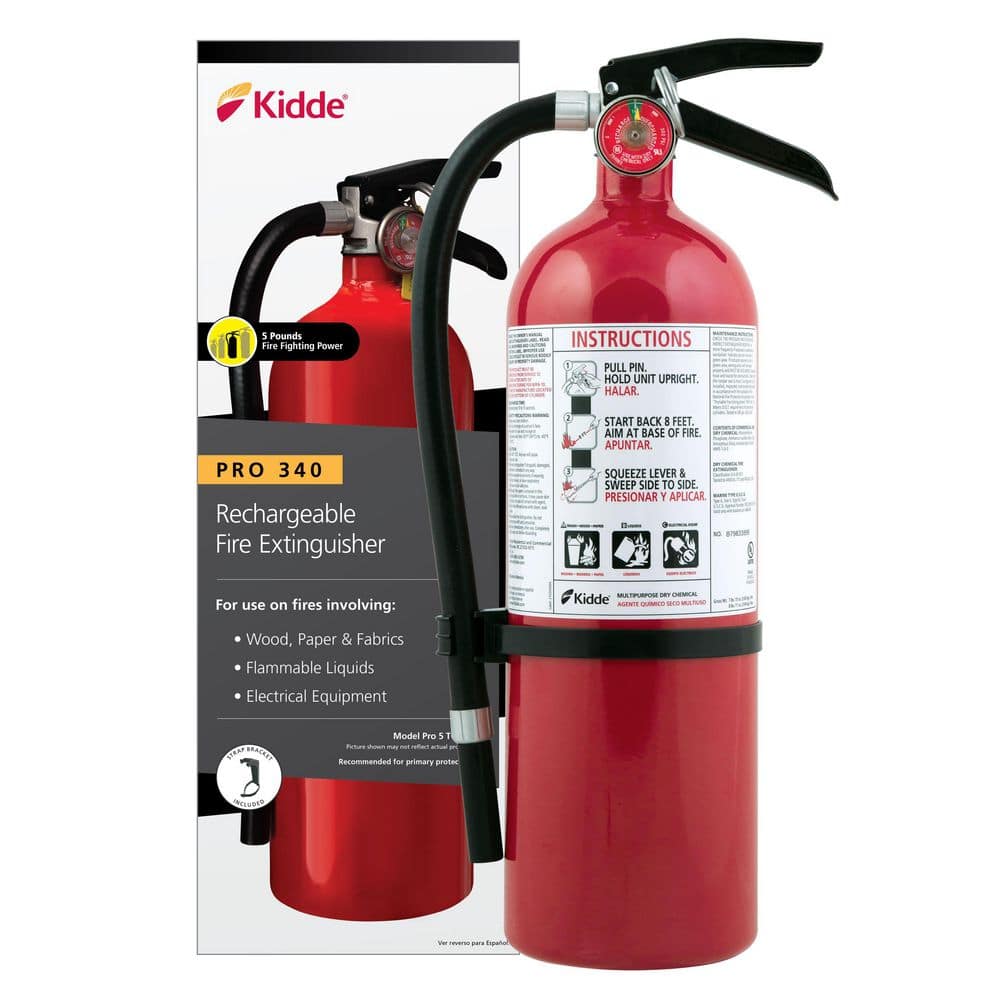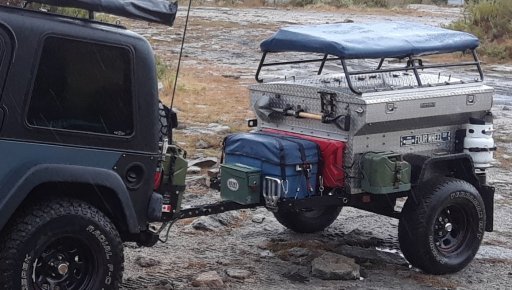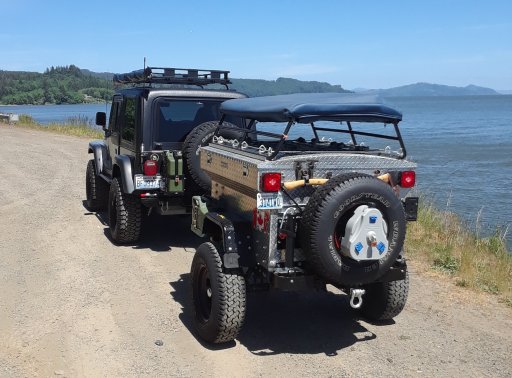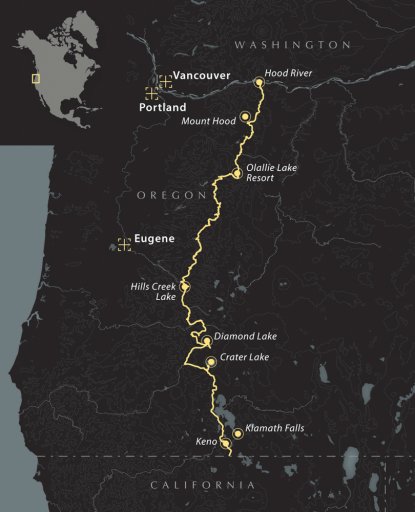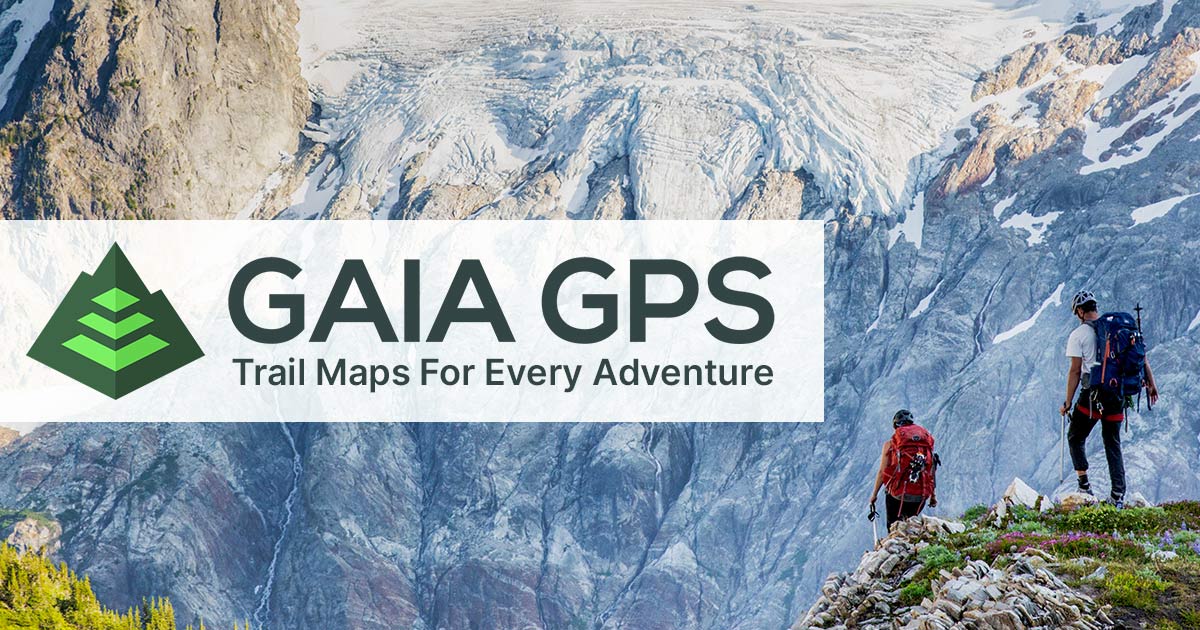
Member III

We will meet at exit 64 off Interstate Highway 84 in OR (Hood River) at 0900 on Sunday, 6 September. Exact spot to be determined at a later date. Highway 35 begins just south of there, and is the beginning of the PCOR - Oregon segment.
I know this is short notice. The trip I was originally planning on leading during this time frame (Old School Vehicle WABDR Run) was cancelled d/t lack of participants. Since I already had the time off from work and still want to do an overlanding trip (and had already pre-ran the WABDR), I am planning on doing this trip instead. I am posting this Rally Point to see if anyone else might be interested in joining me.
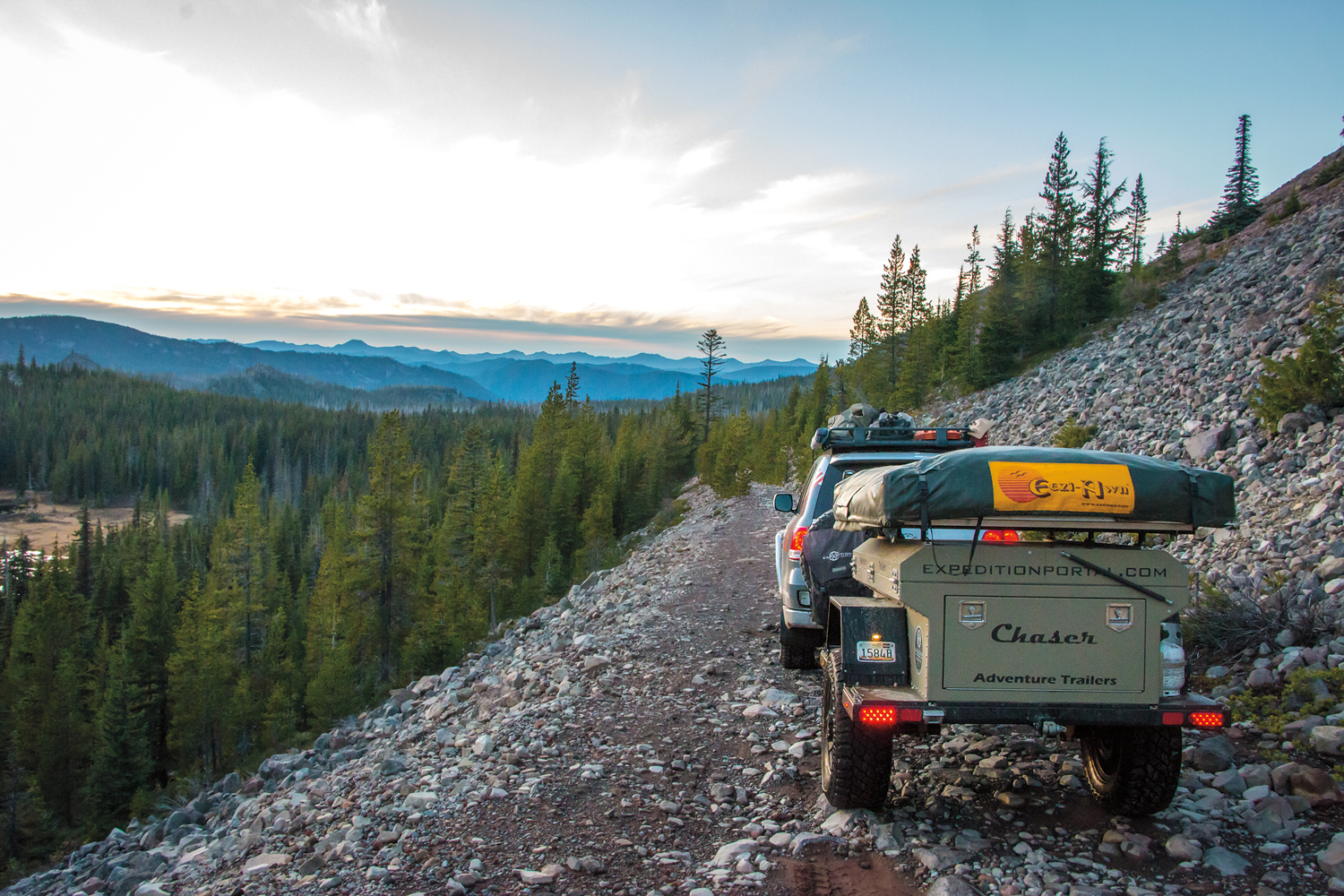
Overland Routes | Pacific Crest: Oregon Segment - Expedition Portal
Editor’s Note: This article was originally published in Overland Journal, Spring 2018. A cool wind whistled through the pines around us, and I took a deep breath, filling my lungs with crisp mountain air. We had only left the hustle and bustle of Portland’s streets that morning, but the city’s...
expeditionportal.com
I have not pre-run this trip. I will be taking the map in the picture above, and will be plotting it on my Oregon Delorme Atlas & Gazetteer. I'll also see if I can get it uploaded in my GAIA thingy on my phone.
View Rally Point
Last edited:

